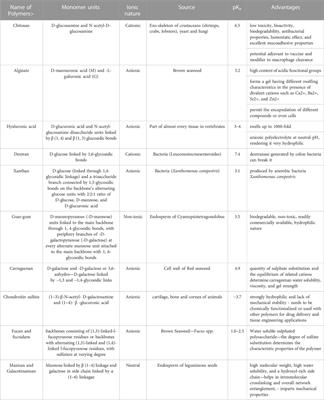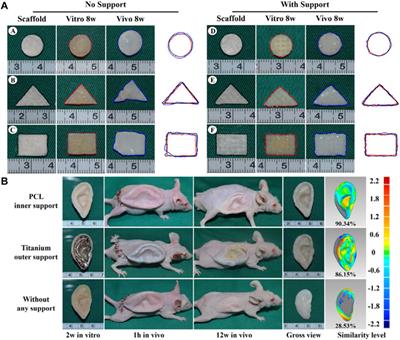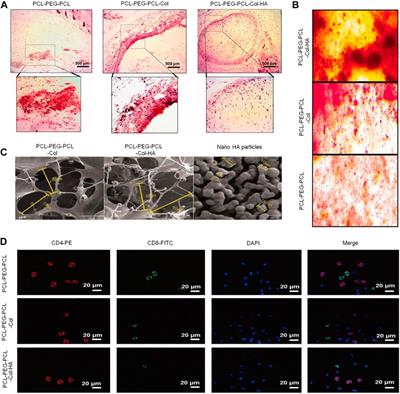EDITORIAL
Published on 29 Sep 2023
Editorial: Biodegradable polymeric materials in tissue engineering and their application in drug delivery
doi 10.3389/fbioe.2023.1296119
- 1,772 views
- 3 citations
8,729
Total downloads
56k
Total views and downloads
EDITORIAL
Published on 29 Sep 2023
REVIEW
Published on 12 Sep 2023

REVIEW
Published on 08 Sep 2023

REVIEW
Published on 19 May 2023

REVIEW
Published on 30 Jan 2023

REVIEW
Published on 11 Jan 2023
